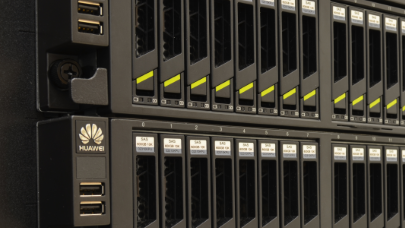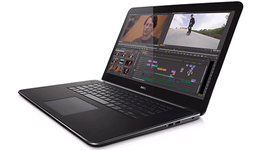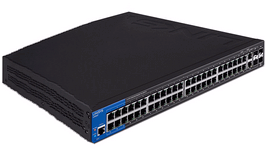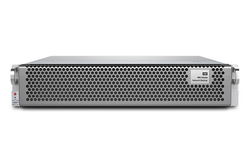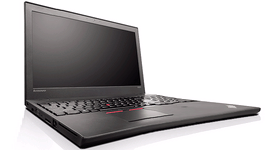The Dell Precision T5810 is a workstation in a compact package combining an Intel Xeon processor E5-1650 v3 with 6 cores at 3.5 GHz and an Nvidia Quadro K6000 accelerator card. An explosive combination designed for the most demanding applications. This workstation will naturally find a place in a graphical design environment, whether it’s 3D modeling or rendering calculations, for example. Given its numerous certifications, it is also suitable for any architecture, energy exploration, and research.
Design and features
The Precision 5810 is integrated into a relatively compact chassis measuring approximately 42 x 45 x 18 cm. The front and back panels are perforated, ensuring good air circulation in the chassis. With two carry handles (front and rear), the design of the chassis is made to simplify maintenance. Like the Lenovo ThinkStation P workstation range, all contact areas within the chassis marked blue authorize tool-less replacement of elements. That goes for PCI Express cards, power supply and hard drives. A few seconds are enough to maintain it.
Built for performance
The tested configuration included four SSD 400GB SAS configured in RAID 0 for a total of 1.6 TB of storage space, with transfer speeds suitable for intensive uses for which this machine was designed. The standard model comes with 32 GB of memory. The only real downside of this model is its relatively limited memory and storage scalability, limited to two memory modules and two slots for 3.5-inch drives. The PCI Express side is a richer: in addition to the x16 slot for graphics card the T5810 features three other x16 slots and even a short PCI slot. The interfaces are a plenty, with three USB 2.0 ports and an USB 3.0 port on the front panel, completed at the rear by three USB 2.0 ports and three USB 3.0 ports. The software environment is limited to the operating system and the Optimizer 2.0 Dell Precision utility. The latter is used to define the GPU usage thresholds, Hyper-Threading and even limit the number of active cores, in order to suit the intended application environment: Adobe Photoshop CS, Autodesk AutoCAD, Maya and others do not exploit the multi-core processors in the same way.
Conclusion
If your business depends on powerful machines, this model is an excellent choice. The price of the tested configuration is ten times higher than the standard machine configuration, but demonstrates its scalability and adaptability in demanding production environments.
More around this topic...
In the same section
© HPC Today 2024 - All rights reserved.
Thank you for reading HPC Today.


